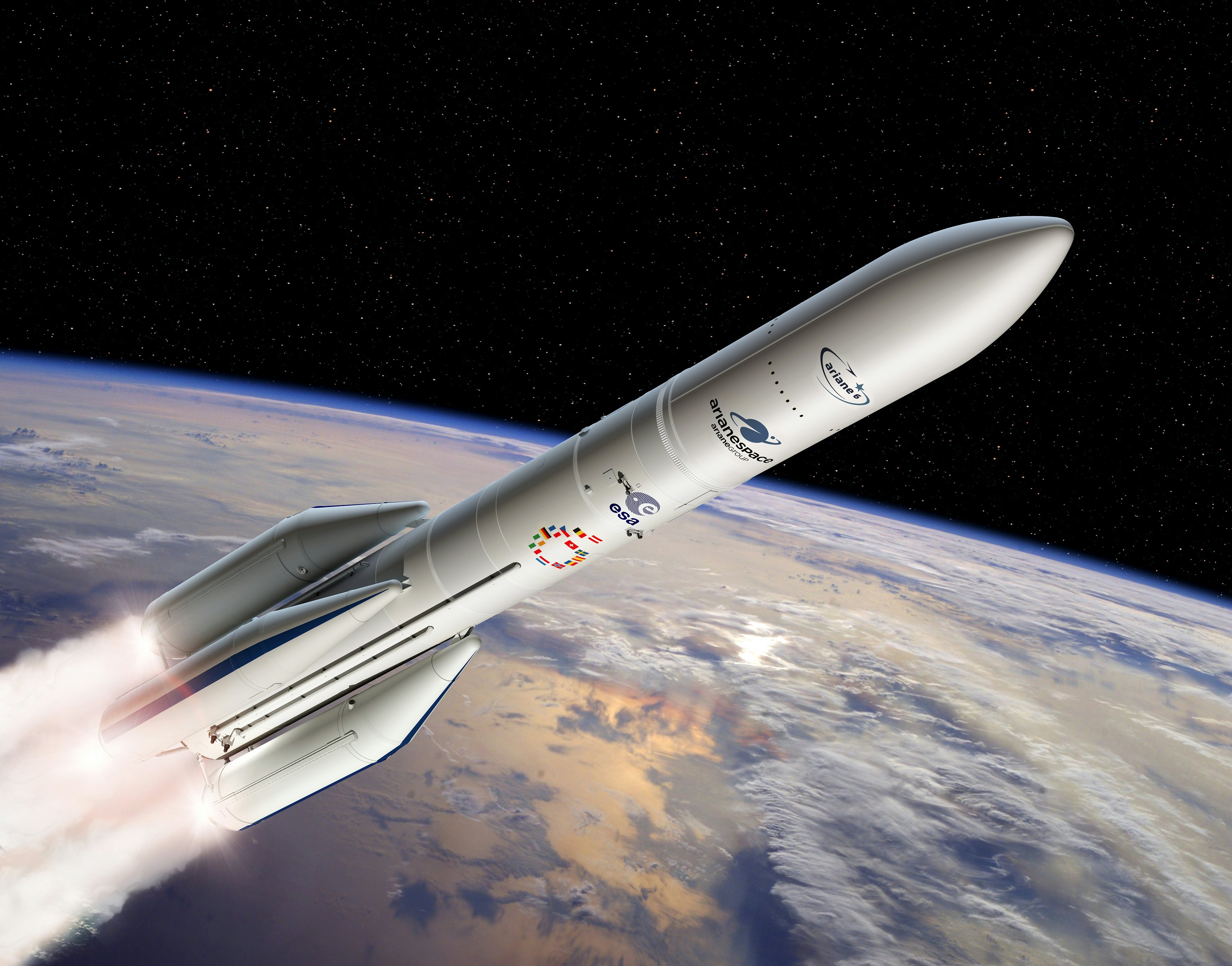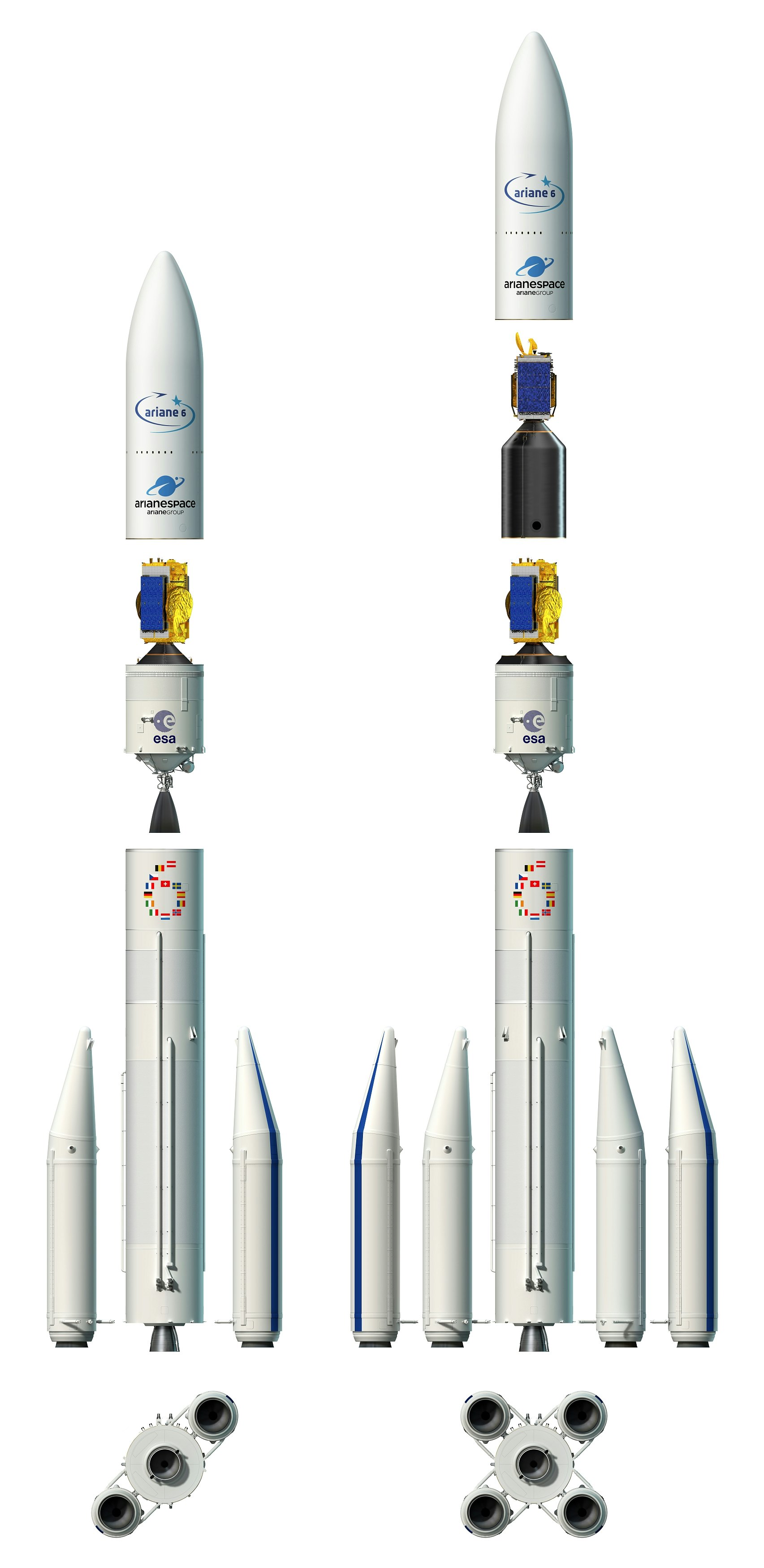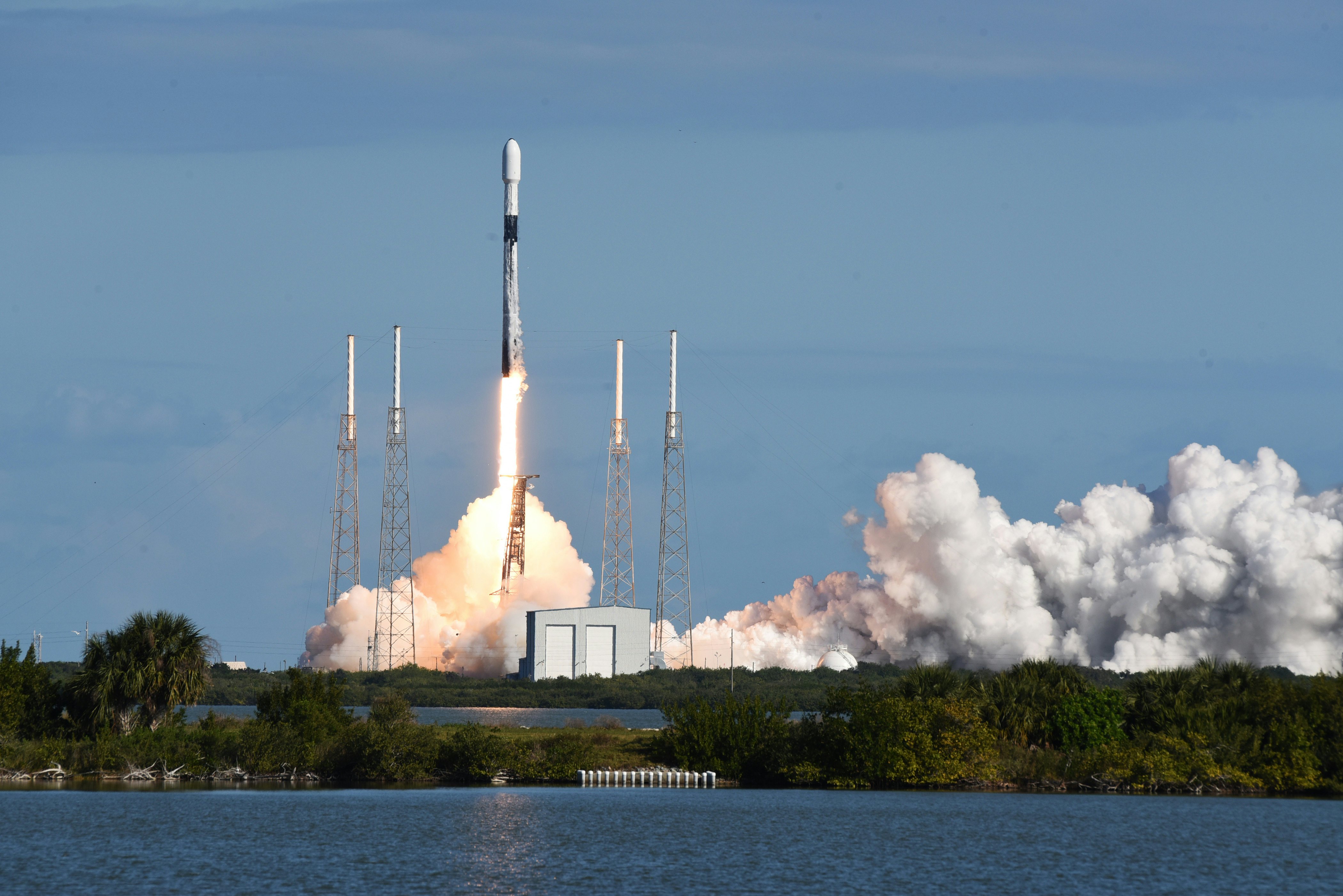
The Ariane 6 is about to kick into overdrive. Last week, the European Space Agency announced that the upper stage for its planned rocket had arrived at Europe’s Spaceport in French Guiana. The agency plans to launch the rocket on its first flight in the second quarter of 2022.
The milestone arrived after its predecessor, Ariane 5, launched the James Webb Space Telescope on Christmas Day. Ars Technica noted that the rocket performed well enough for the telescope to conserve enough fuel for 20 years. It’s around double the estimate assumed prior to launch, and should set up the giant telescope for a long life.
The Ariane 6 will take this rocket to the next level. The modular design enables the rocket to take on light and heavy launches, adapting to the client’s needs. ESA also expects it to be a lot cheaper to launch.
But ESA faces tough competition from SpaceX, which currently operates its semi-reusable Falcon 9 and Falcon Heavy rockets to provide launch services. SpaceX is already looking ahead to the fully-reusable Starship, which can lift more than ever into space. The Ariane family, unfortunately, is not reusable.
CEO Elon Musk has criticized European efforts in the emergent new space race. In March 2021, he wrote on Twitter:
“They are aiming too low. Only rockets that are fully & rapidly reusable will be competitive. Everything else will seem like a cloth biplane in the age of jets.”
Want to find out more about SpaceX’s plans for Starship? Subscribe to MUSK READS+ for exclusive interviews and analysis about spaceflight, electric cars, and more.
Here’s what you need to know about how they compare.
Ariane 6 vs. SpaceX: How much can it send to low-Earth orbit?
The Ariane 6 will send up varying amounts depending on the booster configuration. The two-booster version, known as Ariane 62, can launch 4,500 kg (9,920 pounds) to geostationary transfer orbit or 10,300 kilograms (22,707 pounds) to low-Earth orbit.
In the four-booster configuration, known as Ariane 64, the rocket can launch payloads of around 11,500 kg (25,353 pounds) into geostationary transfer orbit and 20,600 kg (45,415 pounds) into low-Earth orbit.

In its expendable configuration, the Falcon 9 can launch a similar amount to the four-booster Ariane 6. It can send 8,300 kg (18,300 pounds) to geostationary transfer orbit and 22,800 kg (50,265 pounds) to low-Earth orbit. The Falcon Heavy expands on this with the ability to launch 63,800 kilograms (140,660 pounds) to low-Earth orbit.
The Starship is set to blow these figures out of the water, with the ability to send 100 tonnes (220,000 pounds) to low-Earth orbit.

Ariane 6 vs. SpaceX: Is it reusable?
In 2014, SpaceX first successfully landed a Falcon 9 booster. This component of the rocket, Musk has claimed, comprises around three-quarters of the total rocket price. By 2021, SpaceX was recovering 30 boosters successfully in a year. SpaceX also recovers the boosters used with the Falcon Heavy rocket.
The company has also started attempting to recover the protective fairing that protects the satellite during launch. SpaceX first successfully recovered a fairing in 2019, and it successfully recovered 13 in 2021.
The upcoming Starship should take this to the next level. SpaceX has designed the rocket to be entirely reusable, which means that the booster and ship can return to Earth for re-use after a flight.
The Ariane 6 is not reusable. It stems back to a design decision in 2014, when the space agency chose to stick with expendability. France’s economy minister, Bruno Le Maire, admitted at a 2020 conference that “in 2014 there was a fork in the road, and we didn’t take the right path.”
“We should have made the choice of the reusable launcher,” Le Maire said. “We should have had this audacity.”

Ariane 6 vs. SpaceX: How much does it cost to launch?
In January 2021, Politico reported that the Ariane 6 could launch for as little as $77 million. That’s a steep discount from the $177 million price tag for the Ariane 5.
SpaceX’s website previously listed the cost of a Falcon 9 launch at $62 million. But CNBC noted in 2020 that the United States Air Force contracts paid around $95 million per Falcon 9 launch. SpaceX estimated the costs for each launch at around $30 million each.
In November 2019, Musk suggested that a Starship could launch for around $2 million each. If it reaches that price point, it will be impressively competitive.
Ariane 6 vs. SpaceX: Where do they launch from?
The Ariane 6, like its predecessor, will launch from Europe’s Spaceport, located around 10 miles from the town of Kourou, French Guiana.
SpaceX has launched the Falcon 9 from three locations:
- Florida’s Space Launch Complex 40 at Cape Canaveral
- Florida’s Launch Complex 39A at the Kennedy Space Center
- California’s Space Launch Complex 4E at the Vandenberg Space Force Base
SpaceX plans to use both the existing 39A pad (with modifications) and a new pad in Texas for the Starship. The Starbase facility currently hosts SpaceX’s development operations.
For the long term, Musk has also suggested that SpaceX could build ocean spaceports to enable point-to-point travel around the Earth using the Starship.
Ariane 6 vs. SpaceX: Can it power missions to Mars?
ESA expects to send the Earth Return Orbiter mission to Mars in 2026 aboard an Ariane 6. The mission, which will use the Ariane 64 configuration, will be the final part of a multi-phase plan to retrieve samples from Mars:
- NASA’s Mars 2020 mission, which sent the Perseverance rover in July 2020, captures samples in canisters
- The Sample Retriever Lander mission will land near the Mars 2020 site, using an ESA rover to collect the samples and a Mars Ascent Vehicle to launch the samples back to space
- The Earth Return Orbiter will capture the container in Mars’ orbit, around the size of a basketball
ESA designed the Astris kick stage to better support Ariane 6’s missions to Mars. The optional extra will help move payloads into their final positions in orbit.
SpaceX claims that the Falcon 9 can send 4,020 kg (8,860 pounds) to Mars. The company also claims the Falcon Heavy can send 16,800 kilograms (37,040 pounds) to Mars. The latter rocket sent Musk’s red Tesla Roadster on a tour toward Mars back in 2018.
Starship is set to take all this to the next level. The stainless steel rocket is designed to send the first humans to Mars, thanks to its use of liquid oxygen and methane as fuel. That means astronauts can fly to Mars, refuel using the planet’s resources, and either fly home or venture out further.
SUBSCRIBE TO MUSK READS+, A PREMIUM NEWSLETTER THAT COVERS THE WORLDS OF ELON MUSK, SPACEX, TESLA, AND EVERYTHING BETWEEN.







